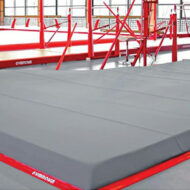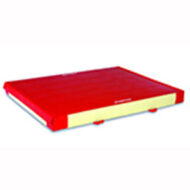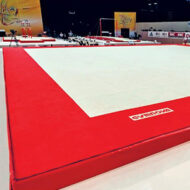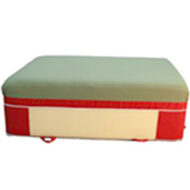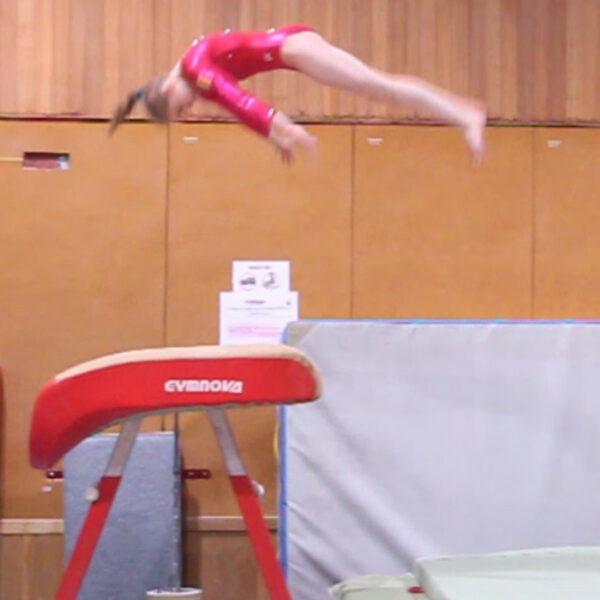Tsukahara tucked and piked
The Tsukahara is often the first vault with a salto that gymnasts do. Teach them everything they need to know to be successful.



Angelo Ritorto
Tsukahara tucked and piked
The Tsukahara is often the first vault with a salto that gymnasts do. Teach them everything they need to know to be successful.
description
Tsukahara is often the first vault with a salto that gymnasts tackle. Learn how to master it.
In the technical analysis, we'll go through each phase of the skill, from before take-off, to the landing. Discover the actions needed to set up the inversion and the longitudinal rotation.
You'll also take a look at 4 elements to master before beginning to learn Tsukaharas. For each of them, we'll look at the indicators that allow you to be confident that your gymnast is ready.
Next, we'll take a look at a complete set of drills to be able to get to the first Tsukaharas into the pit, and what is then required to be able to do them in a competition set-up.
Our video on spotting will give you two different techniques to use. Together, we'll see how to master them, progressing step by step from a round-off on the floor up to Tsukahara straight.
Discover our series of physical preparation exercises for each of the essential phases of the skill.
Bonus: a "live" segment from a training session with two case studies and 6 different vaults, to teach you to see the mistakes, analyze their significance, figure out where they come from, and find exercises to correct them.
Associated books
Let's Teach artistic gymnastics on Vault - Volume 2
Learn how to teach:
• Handspring front • Tsukahara tuck • Yurchenko •
All the exercises needed to learn these technical elements, from their beginnings to the execution of complete skills
→ 176 exercises - 252 pages - Format 15 x 21 cm -
A note on the series of books, "Let's teach gymnastics":
• Our books are essential companions to the video training on the same topics that you find in the section "Gymnastics Education" here on GymneoTV.
• Their spiral binding and tabbed pages allow you to quickly find the skills you want to look at, and easily locate the drills and training stations.
• The summaries of technique and the large format illustrations made to scale make these books the ideal companions to your training sessions.
Our advice:
• For training session prep: thanks to the technique summary and icons at the top of each page, you can easily find the stations that match the current needs of your gymnasts. You can also anticipate the equipment needs for your upcoming session.
• During training: with the help of realistic images, you can save time by showing your gymnasts the drills to work on. They will also be able to help you set up the training stations and thanks to the illustrations, they'll more easily understand the task at hand.
• You will improve the constant exchange that you have with your athletes. In fact, when giving your instructions, the illustrations create common ground for discussions or reference points. They make it easy to understand and/or visualize technical placements, which makes it much easier to learn the element.
content
- Introduction
- Strengthening the actions on the springboard
- Strengthening the arm set
- Strengthening the opening of the legs and body
- Strengthening the alternating arm push-off
- Strengthening the snapdown forward
- Strengthening the closing of the legs and body to tuck
- Strengthening the leg repulsion on landing
